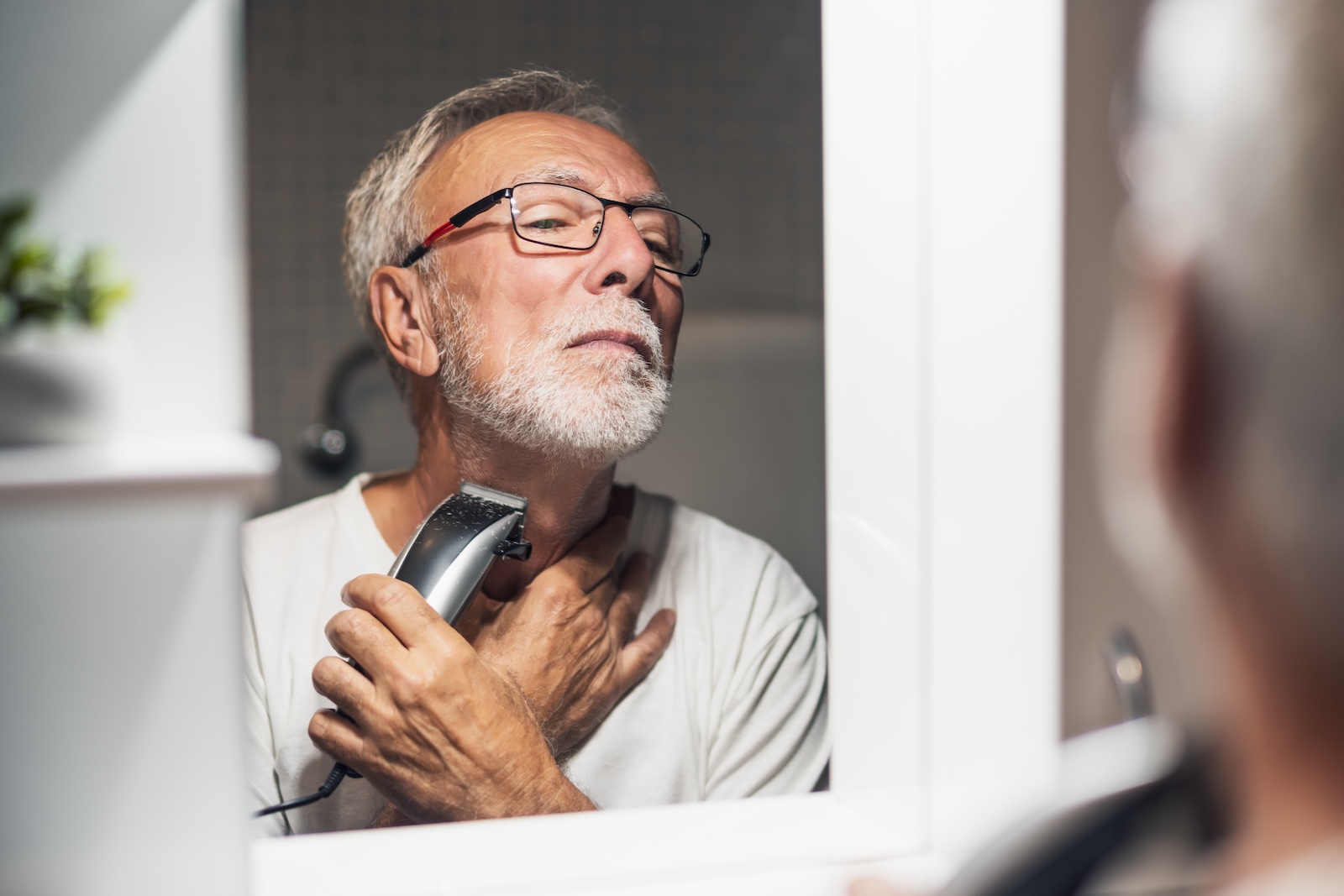Magazine
How To Heal Dry Patches on Your Face
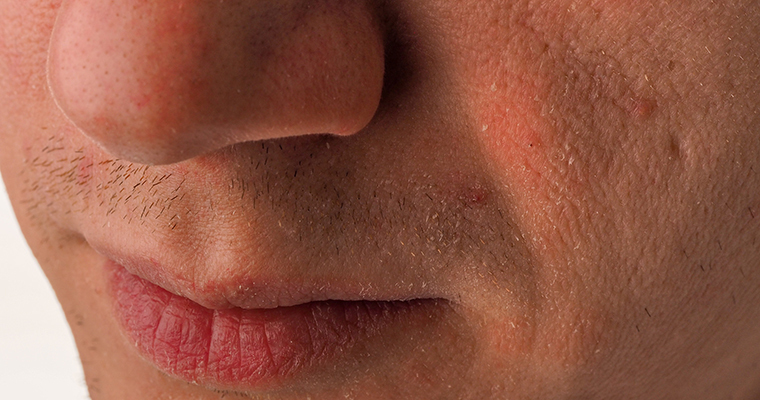
Did you know that 59% of Americans said in a study that they’re uncomfortable in their skin? Out of that percentage, about 67% said they have problems with their skin, which make them unhappy!
If this sounds familiar, then you might wonder what you can do to keep dry patches on the face under control. The good news is that there’s hope to relieve dry skin. Read this guide on healing dry skin patches on your face today!
Dry Skin Patches on the Face Causes
Cold weather is one of the top reasons. Cold weather dries skin and eliminates moisture. Brisk winds, low humidity, and cold temperatures can cause this.
Heaters can also dry out the skin. You can use a humidifier to add moisture to the air along with a daily skin routine.
Seborrheic Dermatitis
Dry white patches on the face can be from seborrheic dermatitis. It can cause greasy, scaly, swollen, and red skin.
It’s most common on your scalp (dandruff) but can appear on your face. This includes smile lines, your nose, and your eyebrows. When yeast levels become elevated, it can lead to flaky patches.
Rosacea
About 5.46% of adults around the world have rosacea. Rosacea is when your skin is sensitive to the environment.
It can lead to redness on your cheeks and nose. Dry patches are a common symptom as well. Find moisturizers that protect your skin from the elements.
Psoriasis
Psoriasis causes dry red patches on the face. They can have silver, thick, and red plaques.
While it can appear anywhere, it’s most common on the face. You can also find it on the scalp as well.
Contact Dermatitis
Contact dermatitis is a form of eczema. This is when you come into contact with something that causes an allergic reaction.
The symptoms are similar to eczema. It isn’t linked to other allergic conditions. You might need topical steroids for treatment.
Eczema
Eczema causes irritated and dry skin. While you can develop it during adulthood, it often begins in childhood.
You might experience itching and redness. You’ll notice reddened dry patches around the eyes and on your cheeks.
Your Diet
Ensure that you’re eating enough healthy fats in your diet. This should include omega-6 and omega-3 fatty acids. Examples include flaxseeds, salmon, walnuts, etc.
Oatmeal, avocado, and coconut are also excellent options. Foods such as refined carbs, salty and sugary foods, and alcohol can dry your skin.
If you have an excess of caffeine, dairy, and vitamin A, it can also dry your skin. Don’t forget to include prebiotics and probiotics.
Low glycemic foods could help. It could also help with acne. Don’t forget your leafy greens, berries, and turmeric.
Prebiotics include:
- Asparagus
- Leeks
- Garlic
Probiotics include:
- Sauerkraut
- Yogurt
- Miso
- Kombucha
- Kimchi
- Pickled items
Low glycemic index foods include:
- Pasteurized eggs
- Quinoa
- Sweet potato
- Brown rice
- Vegetables
- Steel-cut oatmeal
Healing and Preventing Dry Skin
Avoid irritants and use enough cleanser to remove oil and dirt. Don’t rub; pat your skin with a towel.
Drink plenty of water throughout the day. Avoid smoking and relieve stress. Decrease the amount of sun exposure and use SPF for extended periods.
Look for gentle cleansers that have hyaluronic acid. It retains skin moisture and helps to maintain collagen.
Use warm instead of hot water when showering. Limit the time you shower since it could dry out your skin.
Avoid products with harsh chemicals or fragrances. Avoid heat sources such as the fireplace.
Use non-irritating laundry detergent. Hypoallergenic laundry detergent and cotton clothing are the best options.
1. Face Cleanser
Use a gentle cleanser daily. Ensure that it’ll hydrate and exfoliate your skin. Some could even prevent irritation.
2. Face Mask
After you wash your face, use a face mask. Apply over your nose, cheeks, forehead, and chin.
Keep the skin under your eyes exposed. After 10 minutes, rinse your face with facial soap and use a moisturizing cream. Use the face mask once per week.
3. Face Moisturizer
Each day after washing your face, use a facial moisturizer. Use a dime-sized amount and massage it into your forehead, cheeks, nose, under your eyes, and chin. Use it in the morning and evening.
4. Exfoliate
If your cleanser isn’t an exfoliate, you’ll want to use one a couple of times a week. It helps to remove dead skin cells.
Without exfoliants, it could cause clogged pores and dry patches. Exfoliates include facial scrubs, exfoliating washcloths, and cleansing brushes.
Exfoliates could make dry skin worse in some. Always spot test an area first and see how your skin responds. Wait a few days before you use anymore.
Medication
For more serious conditions, a dermatologist could help. They might prescribe a cream or ointment.
Treatment will depend on the type and severity. They might even prescribe a steroid.
When To See a Doctor
Contact your doctor if the itching is so bad that it disrupts your schedule. If you notice a rash or have signs of an infection, don’t delay. Infections could include warm, red, and swollen skin.
How To Prevent and Heal Dry Patches on the Face
After exploring this guide, you should have a better idea of how to prevent and heal dry patches on the face. Take your time trying different options and figuring out what’s best for your skin.
Are you ready to prevent and combat dry skin? Check out our various products today!
We even have bundles available. If you have any questions along the way, we’re happy to help.
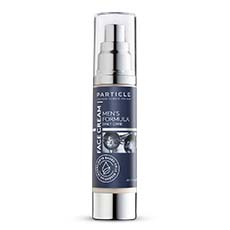
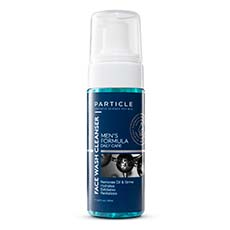
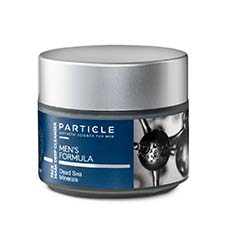
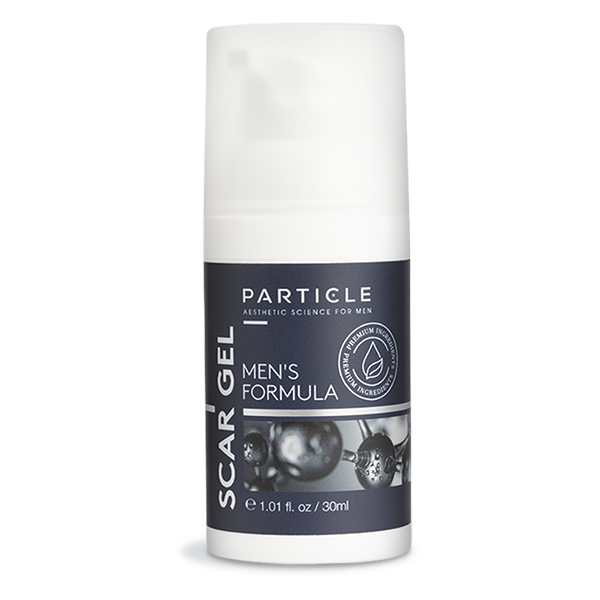
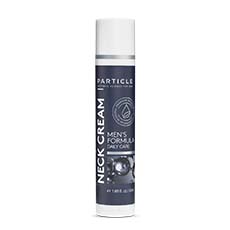
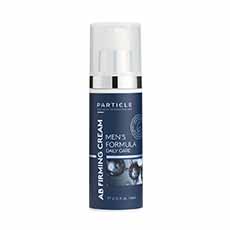
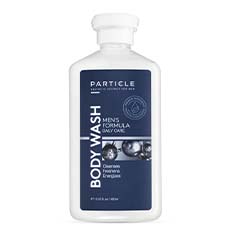
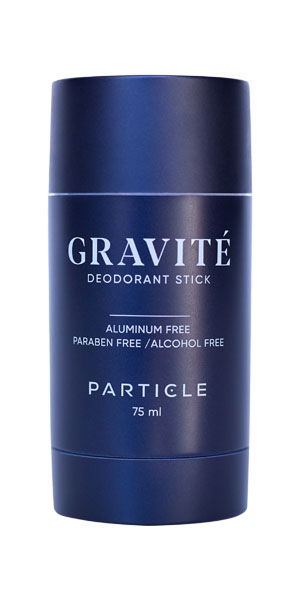
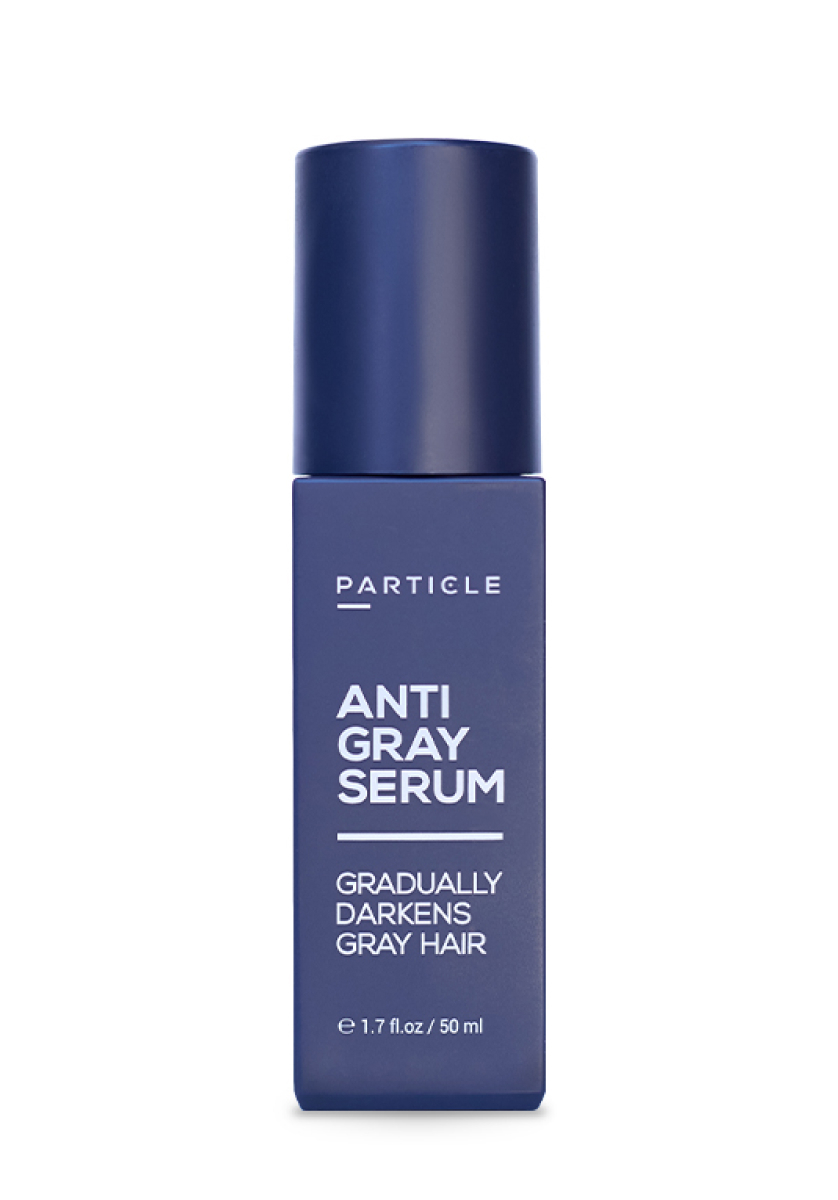
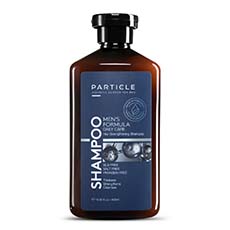
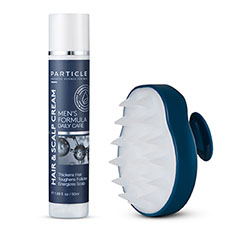
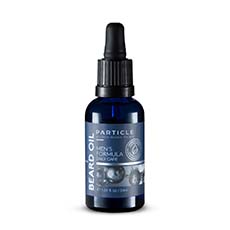
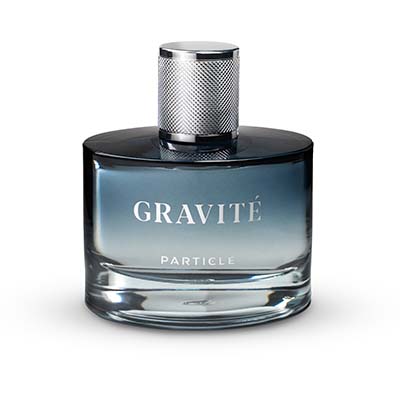

 ca
ca















